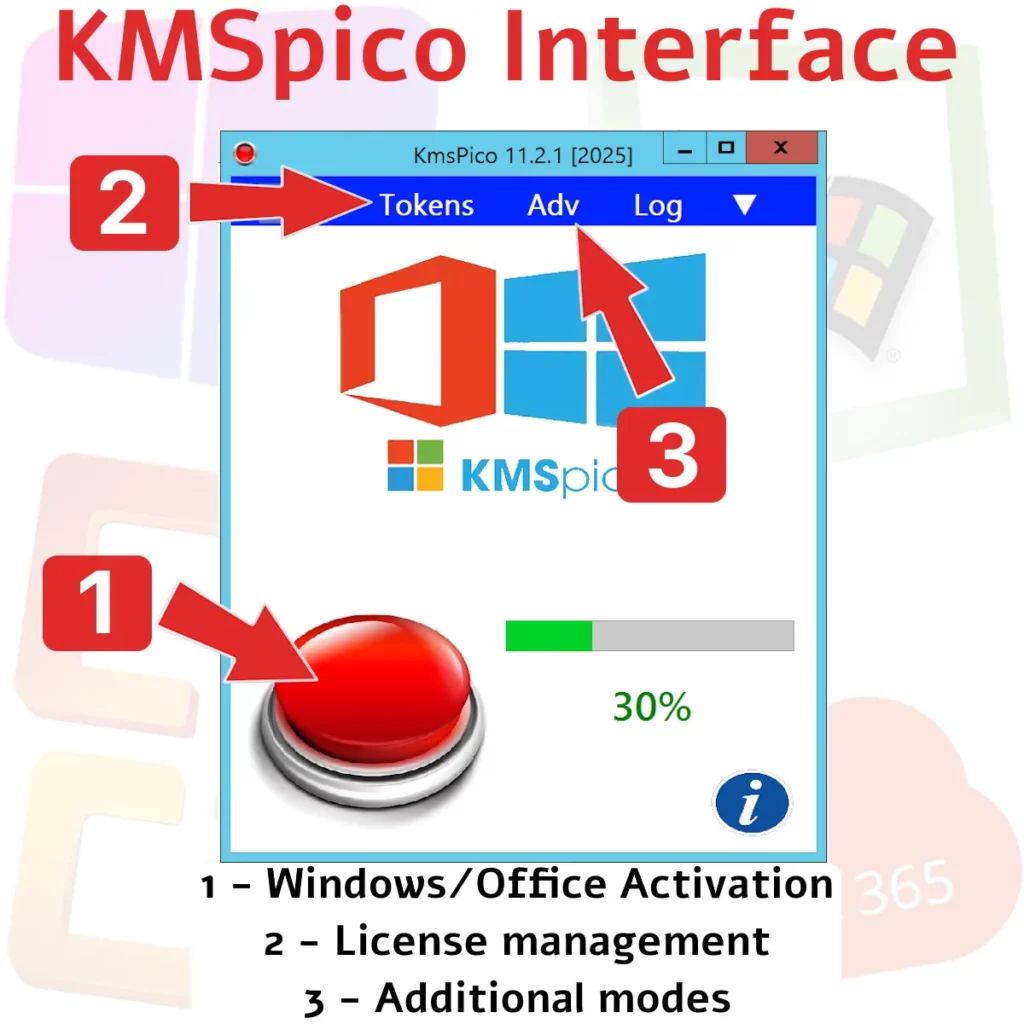Managing software licenses is a key responsibility in enterprise IT. System administrators often focus on Windows activation, sometimes using tools like KMSPico to bypass official processes. This article looks at how these tools affect corporate Windows policies, especially regarding activation office strategies.
The Role of KMSPico in Software Licensing
KMSPico is popular because it activates Windows and Office products without official licenses. For many organizations, understanding this tool is crucial for staying compliant with software licensing agreements. It acts as a Key Management Service (KMS) activator, imitating Microsoft’s servers to enable unauthorized software use.
KMSPico Office Activator: Advantages and Risks
KMSPico offers the convenience of accessing Microsoft Office suites without buying costly licenses. However, it poses risks such as legal issues and security vulnerabilities. Organizations need to weigh these risks against short-term savings before allowing such tools in their IT systems.
Activation Office Strategy: Compliance and Governance
An effective activation office strategy balances user needs with compliance requirements. Instead of using unauthorized tools like KMSPico, companies should implement policies ensuring all software is licensed and activated legitimately.
Administrative tools like slmgr help manage licenses efficiently across multiple systems, ensuring compliance with corporate governance rules.
Corporate Policies on Unauthorized Activation Tools
Developing policies around kms windows activator tools is essential for maintaining control over digital assets. Banning unauthorized methods ensures compliance and strengthens security by reducing malware entry points.

Implementing Technical Controls
Technical controls are vital for enforcing these policies effectively. Monitoring network traffic and endpoint activities through solutions like System Center Configuration Manager (SCCM) helps detect unauthorized installations promptly.
- Snapshot Timing: Conduct weekly snapshots to maintain current records of system states.
- Resource Allocation: Optimize VM RAM/CPU configurations for audit tasks without disrupting operations.
- User Training: Regular workshops on compliance best practices can mitigate risks associated with unauthorized tools.
- SCCM Alerts: Set up real-time alerts for any unapproved software activity detection on company networks.
- Audit Logs Review: Perform monthly reviews of audit logs to identify patterns that may indicate policy violations.
Educational Initiatives
A proactive educational approach can enhance policy adherence among employees who might otherwise use unofficial channels like kmspico website downloads.
The Future of Activation Office Policies
Organizations must adapt as both genuine activation solutions and circumvention techniques evolve rapidly. Adopting ongoing vigilance is crucial in a robust IT governance strategy to prepare for future challenges. Decisions made today will impact long-term success and stakeholder well-being by ensuring consistent performance standards are met without exception under any circumstances.
A reliable way forward is to capture what changed, which tools ran, and the VM constraints, and compare outcomes across the same snapshot.

